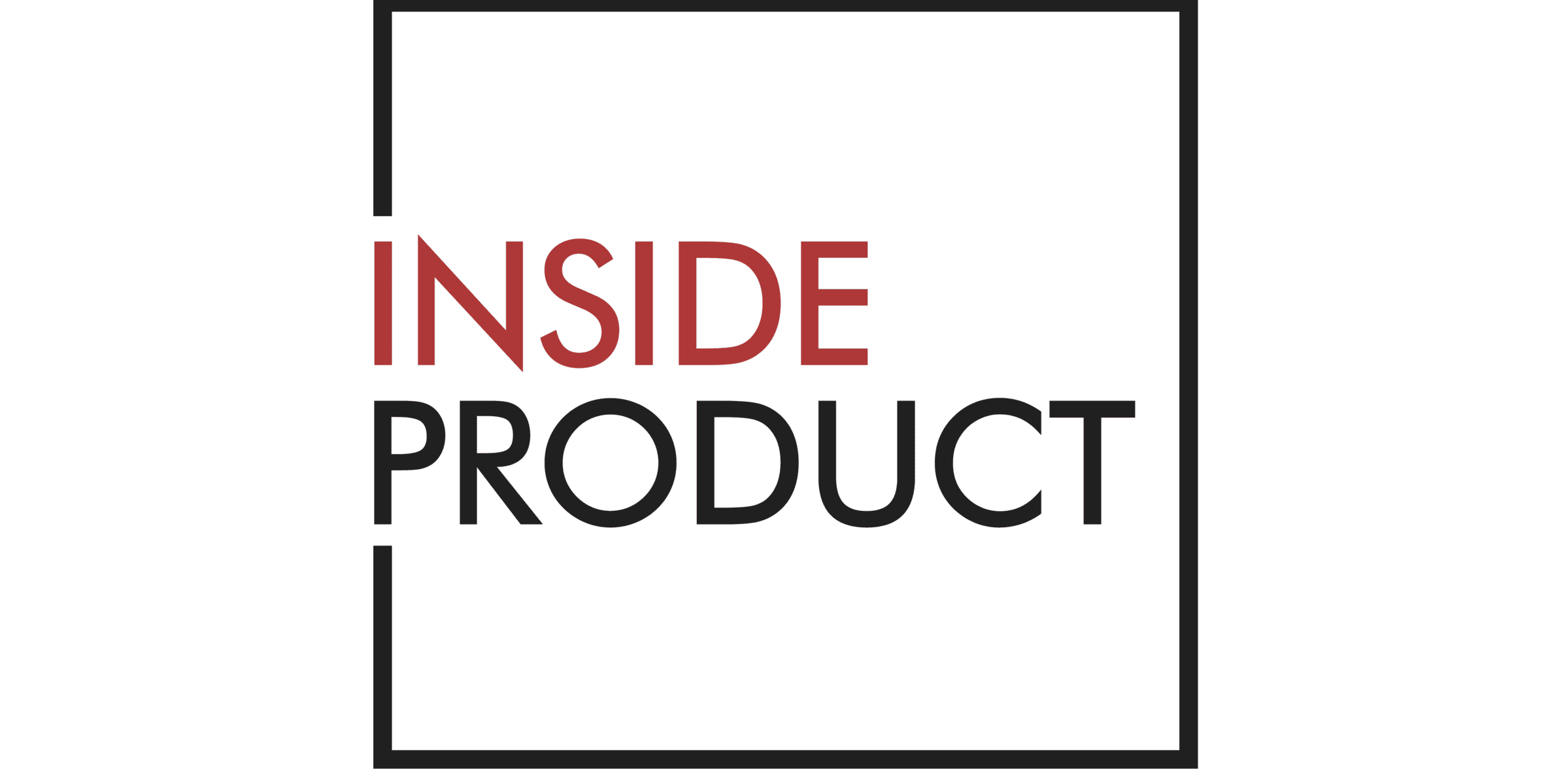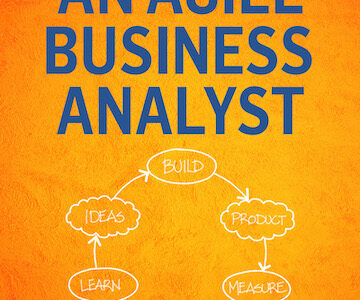What is an agile business analyst
Following is an excerpt from How To Be An Agile Business Analyst, a book that explores how to apply your business analysis skills in an agile manner so that your team solves the right problems with the right solutions. Get the book now to uncover ways to add value to your organization, make your team …





